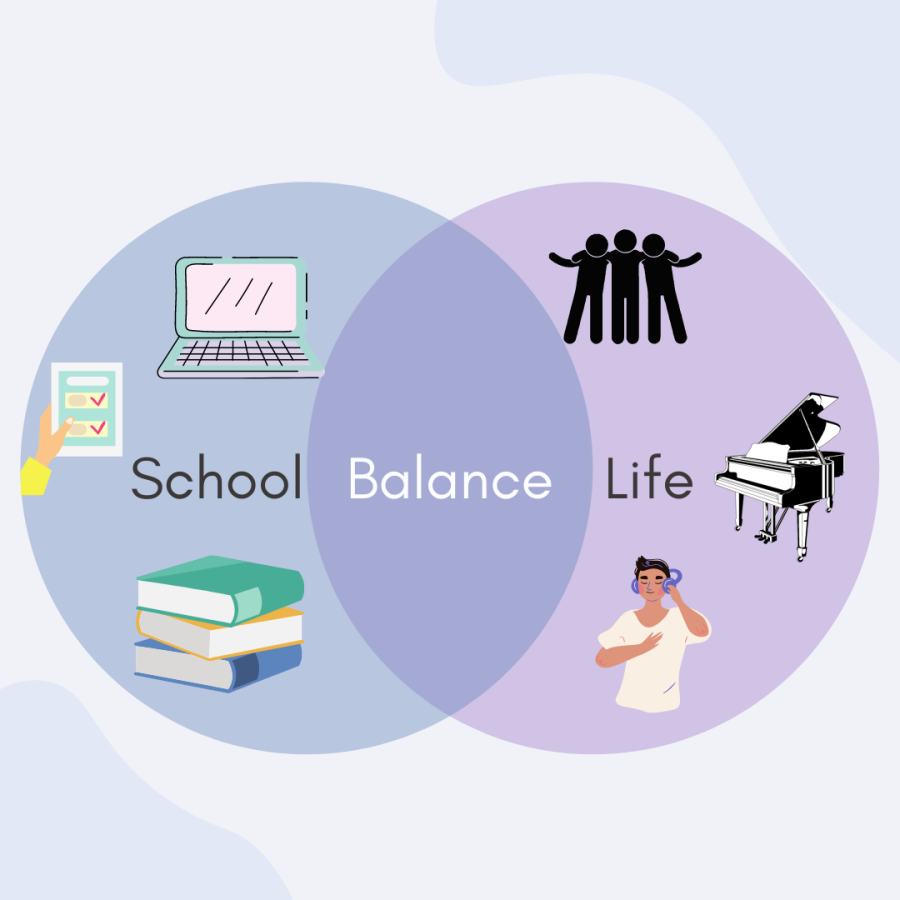Service Dogs

March 14, 2019
Everyone loves dogs and are even known to make people happy. That explains why they are commonly used as therapy and emotional support for individuals who has experienced a trauma or for mental health issues. According to Psychology Today, “Animals can provide a sense of calm, comfort, or safety and divert attention away from a stressful situation and towards one that provides pleasure.” Psychology Today also states that bonding with animals can even help to improve self-worth and trust, stabilize emotions and improve communication skills.
A student who wishes to remain anonymous at Carolina Forest High School says, “When I was in the hospital, we had Therapy Pet Thursday and it made everything a little happier.”
According to Heather Marcoux, a freelance writer in Canada, there are 10 main types of service dogs:
- Guide Dogs: help to lead visually impaired
- Hearing Dogs: alert humans to noise such as alarms and doorbells
- Mobility Assistance Dogs: bring objects to people, push buttons, etc.
- Diabetic Alert Dogs: alert diabetics of chemical changes in handler’s blood sugar
- Seizure Alert Dogs: react with certain behaviors of humans prior to seizures
- Seizure Response Dogs: provide people with help during or after a seizure
- Psychiatric Service Dogs: assist those struggling with depression, anxiety, etc.
- Autism Support Dogs: provide sense of predictability during everyday life
- FASD Service Dogs: support children prenatally exposed to alcohol
- Allergy Detection Dogs: trained to sniff and alert odor of peanut, gluten, etc.
The responsibilities of service/therapy dogs ranges from offering emotional support to performing tasks a human may not be capable of due to disabilities. In order to be a service dog, the dog must be able to perform special tasks a disabled human may not be able to. In addition to being able to perform these tasks, the dog must go through training and become certified. Without this training and ability to perform special tasks, the dog would only be considered emotional support.
While much training is needed to be a certified service dog, it is not 100% necessary. If you are just going to use the dogs as personal emotional support, then certification isn’t necessary; However, if you wish to take your dog in public (malls, restaurants, grocery stores, etc.), it must be a certified service dog.
Both service and therapy dogs are a great and fun way to improve your quality of happiness and life.



































